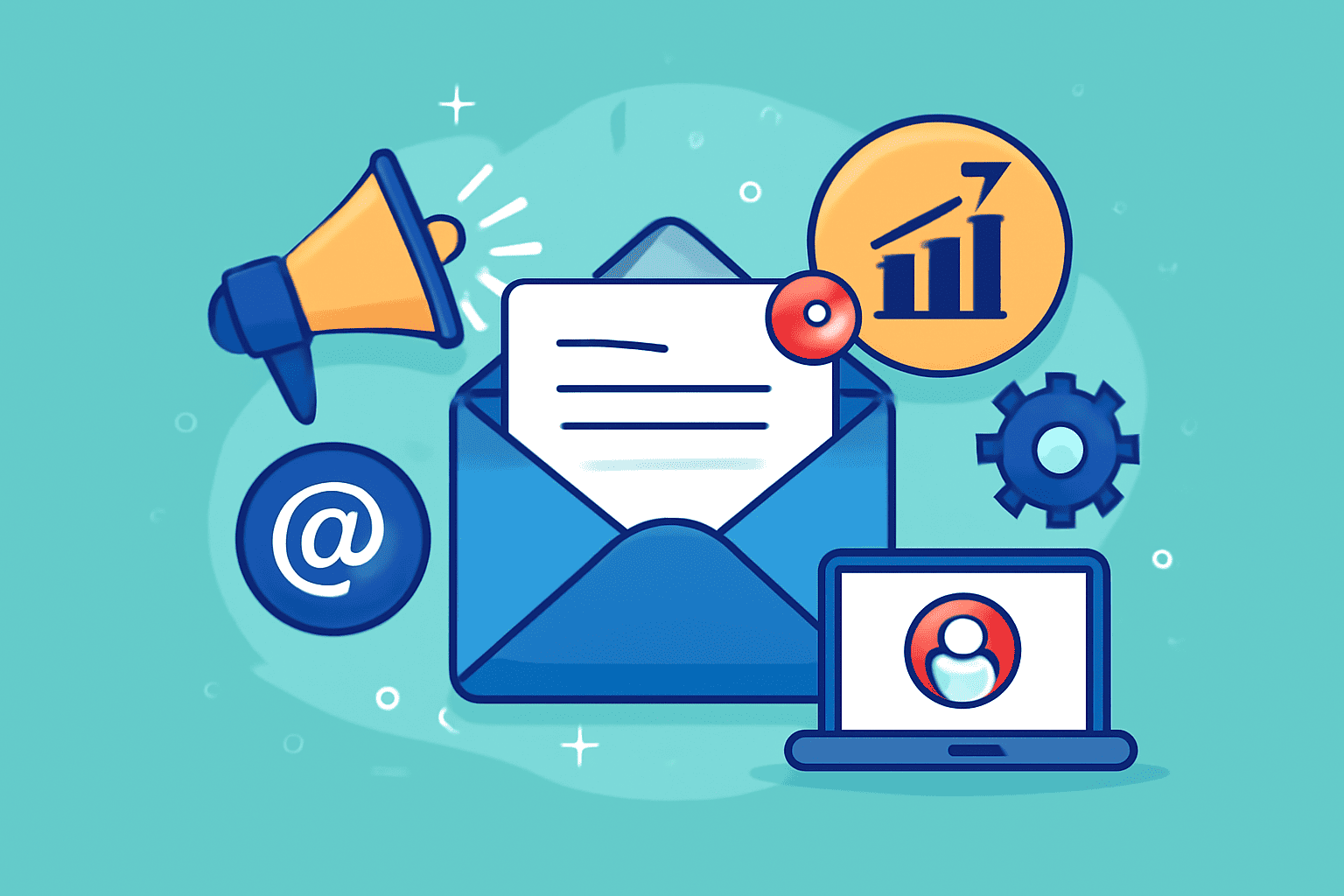Introduction to Email Marketing
In today’s digital age, effective electronic communication is crucial for businesses and individuals alike. Email marketing has proven to be a powerful tool for reaching a large audience, fostering relationships, and driving sales. However, with the rise of email overload, it’s becoming increasingly challenging to stand out in a crowded inbox. To master email marketing, one must understand the intricacies of this medium and be willing to adapt to the ever-changing landscape.
Understanding the Basics
Before diving into the nitty-gritty of email marketing, it’s essential to understand the basics. This includes knowing your audience, crafting a clear and concise message, and using a suitable email service provider. A well-crafted email should have a clear subject line, a engaging headline, and a compelling body that resonates with the recipient.
Tips for Effective Email Marketing
Here are some tips to help you get started:
- Build an email list from scratch or cleanse your existing list to ensure you’re targeting the right audience
- Create compelling content that drives engagement and conversions
- Use segmentation to personalize your emails and increase relevance
- Optimize your emails for mobile devices, as this is where the majority of email opens occur
- A/B test subject lines, headlines, and calls-to-action to improve performance
The Importance of Personalization
Personalization is key to effective email marketing. By addressing the recipient by name, referencing their interests, and tailoring the content to their needs, you can increase engagement and conversions. For example, a retailer might send a customer a coupon for their birthday or a notice of a sale on an item they’ve shown interest in.
Measuring Success
To measure the success of your email marketing campaign, you need to track key performance indicators (KPIs) such as open rates, click-through rates, and conversion rates. This data will help you refine your strategy and make data-driven decisions. Here’s an example of a simple table to illustrate this concept:
| KPI | Definition | Importance |
| Open Rate | The percentage of recipients who open your email | Indicates the effectiveness of your subject line and preview text |
| Click-Through Rate (CTR) | The percentage of recipients who click on a link in your email | Indicates the relevance and engagement of your content |
| Conversion Rate | The percentage of recipients who perform a desired action | Indicates the success of your email marketing campaign |
Lessons from the Best
Respected publications have long recognized the power of email marketing, and their articles often provide valuable insights into what works and what doesn’t. By studying these resources, you can gain a deeper understanding of the best practices and stay ahead of the curve.
Answering Your Questions
Q: What is the ideal email frequency?
A: The ideal email frequency depends on your audience and the purpose of your email. However, a general rule of thumb is to send emails no more than once a week.
Q: How can I avoid being marked as spam?
A: To avoid being marked as spam, make sure to use a clear subject line, avoid using all caps, and include a clear opt-out option.
Q: What is the role of artificial intelligence in email marketing?
A: Artificial intelligence (AI) is being increasingly used in email marketing to personalize content, predict behavior, and automate processes.
Conclusion
Mastering email marketing requires a deep understanding of the medium, a willingness to adapt, and a focus on personalization. By following the tips outlined in this article and staying up-to-date with the latest developments, you can create effective email marketing campaigns that drive engagement and conversions. Remember to always keep your audience in mind and be willing to experiment and refine your strategy.
